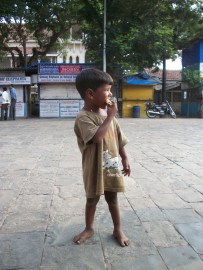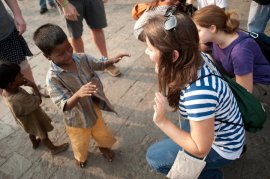Recently, I’ve been dreaming more and more about traveling the world. You would think that going out of the country twice this year would be enough, but there’s something that is just so appealing to me about traveling, and it makes me want more.
Like you may have read on the “Who I Am” page or in my last post “23 Things,” my parents started exposing my brother and me to travel when we were tiny. (They’ve been all over the world, too!) When I was 10, I took my first overseas flight and the four of us toured six countries in Europe for three weeks. I’m pretty sure that when you’re exposed to travel, you don’t want to stop. Or maybe that’s just me!
Skip to my college years. Throughout the last four years, I’ve had the amazing opportunities to visit 11 countries on four continents to do mission work, study abroad, complete thesis research, and just to explore. During each of these travels, God opened my eyes to new experiences, cultures and ways of life, as well as to the stories of the people I met. And I want to encourage you to do the same.
I’ve compiled reasons I think YOU should travel to new cities, new states, new countries, and new continents. Here’s my plug… Just GO somewhere!
–To see the world and to see God’s beautiful creation. This may sound obvious, but there’s so much beauty beyond what we see in our own worlds.
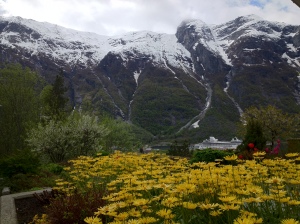
(The Norwegian Fjords)
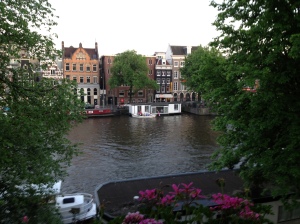
(The canals of Amsterdam)
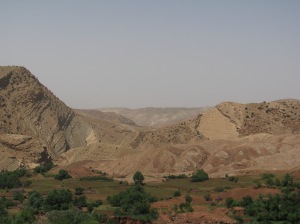
(The Atlas Mountains of Morocco)
–To experience new culture and new ways of life. We have a tendency to be ethnocentric and think our ways are the best. But we can really learn from seeing how other people and the rest of the world functions. When I lived in a village in Morocco, I was able to watch how the villagers walked through each day. While their lives were difficult, and most of them worked very hard, there was a simplicity to their lives that I envied. Read more about my experiences here.
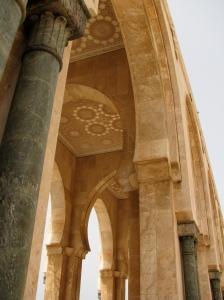
(Grand Mosque, Casablanca)
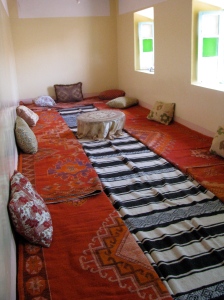
(A traditional Berber house, Tighza, Morocco)
–To try new food. While I do love hamburgers, fries, cobb salads, and most American foods, the rest of the world has so many flavors that are so much better! Fresh salmon in Norway, masala and curry in India, French cheeses and bread, Belgian chocolates, Mediterranean olive oils. And not to mention the coffee!! I may be biased, but Americans miss out on some good flavor.

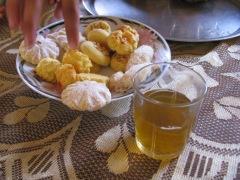
(Moroccan mint tea and cookies)
-To meet new people. Everyone has a story to tell if you take the time to listen. Most women I talked to in Morocco were readily willing to share their stories with me. What an incredible opportunity it is for us to love people by simply listening. An example is Fatima’s story (pictured below).
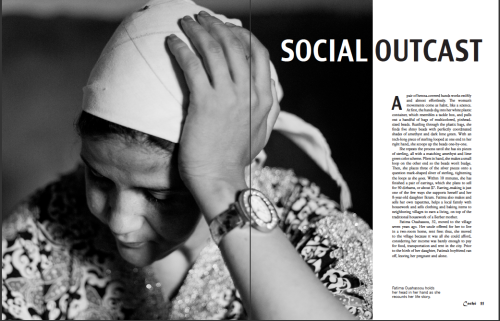
–To learn new ways to communicate. Not everyone speaks English. It means a lot to nationals if you try to speak their native languages. I remember learning short phrases like “Aapka naam kya hai?” (“What is your name?” in Hindi) and “Salaam, la bas?” (a typical Tachelhit greeting, like “Hello. How are you?”) to help relate to the nationals.
–To appreciate what you have and to put things in perspective. Hearing about a place or different people is not the same as actually seeing it for yourself. I heard about the brothels in Mumbai, but until I actually met the women in the brothels, I could isolate myself from this tragedy. This is the same for how women are treated in Moroccan villages. I’ve read and heard so much about how women are treated in traditional Muslim cultures, but I didn’t fully grasp it until I saw it for myself.
–It’s a call to action to participate in what God is doing outside of yourself. Life is not about glorifying ourselves; it’s about glorifying God. We are called to be the hands, feet, and mouthpieces of Jesus to the world. Jesus’s command to believers is to go and make disciples of all nations. We are called to serve others and share Jesus. We have been blessed to be a blessing.
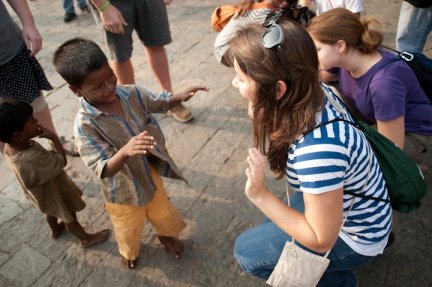
I love how Paul says this in Romans 10:11-15. He writes, “As Scripture says, ‘Anyone who believes in Him will never be put to shame.’ For there is no difference between Jew and Gentile—the same Lord is Lord of all and richly blesses all who call on Him, for, ‘Everyone who calls on the name of the Lord will be saved.’ How, then, can they call on the One they have not believed in? And how can they believe in the One of whom they have not heard? And how can they hear without someone preaching to them? And how can anyone preach unless they are sent? As it is written: ‘How beautiful are the feet of those who bring good news!’”
—
If you haven’t already, create a bucket list of places you want to visit, and make it a point to see one of these places each year. I have a lofty goal of stepping foot in all 193 countries, meeting nationals, and sharing their stories and my experiences. Just the thought of that thrills me! I would also love to complete the 1,000 Places to See Before You Die.
In honor of all these places, and because of my love of maps, my dad and I bought an enormous world map (shown below) and put pins in all the locations we’ve visited. (I have one of my own in my room in Ohio.)
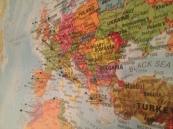
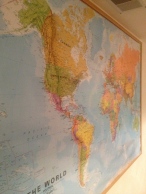
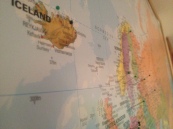
Why do you think it’s important to travel? What places are on your bucket list?
